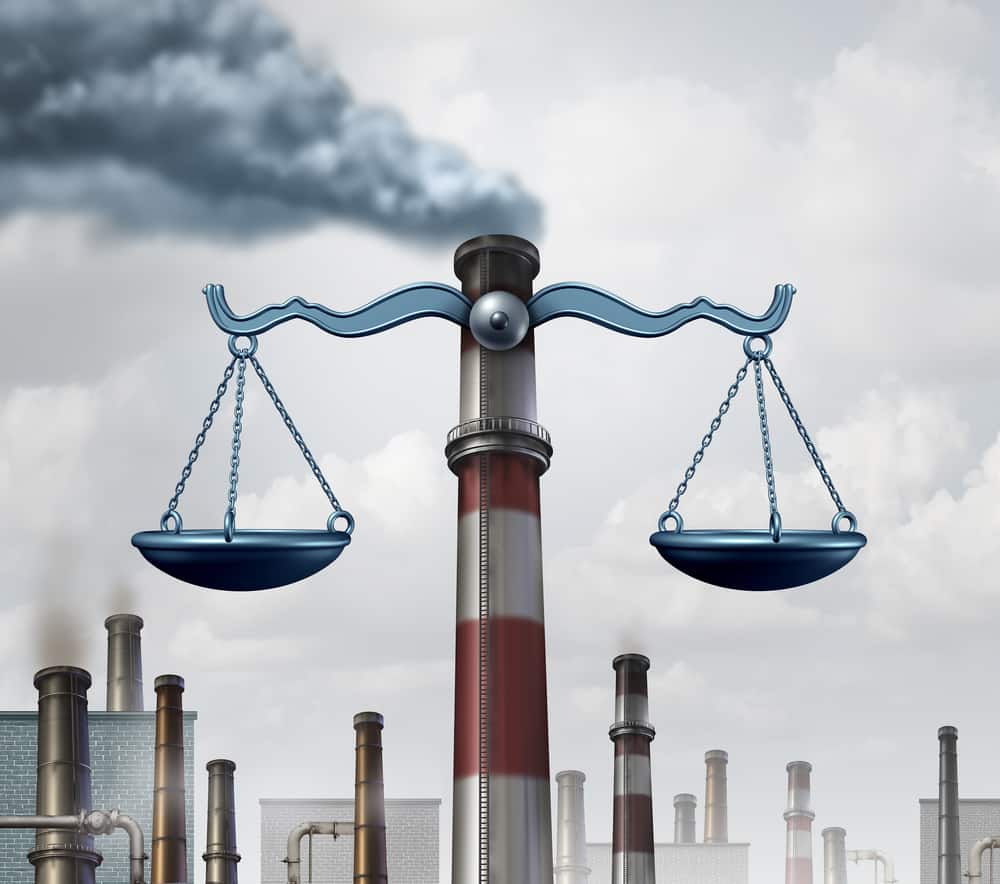As climate change concerns mount and environmental challenges grow more complex, environmental law has emerged as a crucial framework for protecting our planet’s future. But what exactly is environmental law, and how does it shape our relationship with the natural world?
What is Environmental Law?
Environmental law encompasses a vast network of regulations, statutes, and legal principles designed to protect the environment and natural resources. These laws govern everything from air quality and water pollution to wildlife protection and waste management. At its core, environmental law balances human needs with environmental protection, providing the framework for how we interact with our natural world.
The Pillars of Environmental Protection
Modern environmental law rests on several key foundations:
Air Quality and Emissions Control
The Clean Air Act, one of the cornerstone pieces of environmental legislation, sets standards for air quality and regulates emissions from both industrial sources and vehicles. These regulations have led to significant improvements in air quality over the past 50 years, with the EPA estimating that the Act prevented more than 230,000 early deaths in 2020 alone.
California has consistently led the nation in implementing stricter air quality standards than federal requirements. The California Air Resources Board (CARB) has pioneered numerous environmental initiatives, including the first greenhouse gas emissions standards for vehicles and ambitious zero-emission vehicle mandates that have influenced policy nationwide.
Water Protection
The Clean Water Act protects America’s waterways from pollution, while the Safe Drinking Water Act ensures clean drinking water for communities. These laws establish water quality standards and regulate the discharge of pollutants into water bodies. California’s Porter-Cologne Water Quality Control Act, enacted in 1969, preceded the federal Clean Water Act and remains one of the nation’s strongest state water protection laws.
Resource Conservation
Laws like the Resource Conservation and Recovery Act govern how we handle waste and promote recycling. The Endangered Species Act protects threatened wildlife and their habitats, while the National Environmental Policy Act requires federal agencies to assess environmental impacts before major actions.
Environmental Law in Action
Environmental law shapes our daily lives in numerous ways. Companies must obtain permits and meet strict standards before releasing emissions or discharging waste. Before beginning major projects, developers are required to conduct thorough environmental impact assessments. Manufacturers face strict regulations on chemical use and disposal, while energy companies must meet requirements for renewable energy adoption and emissions reduction.
The Role of Environmental Law in Climate Change
As climate change becomes an increasingly urgent threat, environmental law has evolved to address this global challenge. Recent legislation and regulations have focused on several key areas. New frameworks for carbon pricing and emissions trading aim to reduce greenhouse gas emissions, while various incentives and requirements promote renewable energy adoption. The law also sets increasingly stringent efficiency standards for vehicles and buildings, while working to protect vital carbon sinks such as forests and wetlands.
The increasing frequency and intensity of wildfires, particularly in Western states like California, has added new urgency to climate-related environmental legislation. These devastating fires, fueled by rising temperatures and prolonged droughts, have led to new laws addressing forest management, utility company liability, and emergency response protocols. California’s Senate Bill 901, for instance, requires utilities to submit detailed wildfire mitigation plans and mandates more aggressive forest management practices. Environmental laws now must balance traditional conservation goals with the pressing need for fire prevention and landscape resilience in a warming climate.
California’s Environmental Leadership
California has emerged as a global leader in environmental protection, often setting standards that exceed federal requirements and influence policy across the nation. The state’s environmental laws are among the most comprehensive in the world. California’s Global Warming Solutions Act of 2006 established the first economy-wide greenhouse gas regulatory program in the United States, requiring the state to reduce its emissions to 1990 levels by 2020—a goal achieved four years ahead of schedule.
The state’s environmental initiatives extend beyond emissions control. California’s Proposition 65 requires businesses to provide warnings about significant exposures to chemicals that cause cancer, birth defects, or other reproductive harm. The state has also led the way in renewable energy requirements, sustainable building standards, and electric vehicle adoption.
Enforcement and Compliance
Environmental laws are only effective when properly enforced. The Environmental Protection Agency (EPA) and state environmental agencies monitor compliance and can impose significant penalties for violations. In 2023, the EPA collected over $2.5 billion in civil and criminal penalties from environmental law violators.
The Future of Environmental Law
Environmental law continues to evolve as we face new challenges. The field is expanding to address the regulation of microplastics and other emerging pollutants. Environmental justice initiatives are working to address disproportionate impacts on vulnerable communities. Meanwhile, international cooperation on climate change and biodiversity protection grows increasingly important.
Technology is playing an increasingly vital role in environmental protection and enforcement. California exemplifies this trend, employing a network of satellites and artificial intelligence systems to detect wildfires in their earliest stages. The state’s air quality monitoring system now includes advanced sensors and real-time data processing, allowing for more precise and responsive environmental protection measures. These technological advances are being incorporated into environmental regulations, enabling more effective enforcement and helping shape new standards for environmental monitoring nationwide.
Environmental Law and Economic Development
Environmental regulations significantly impact business operations and development projects. The California Environmental Quality Act (CEQA), enacted in 1970, exemplifies this relationship. CEQA requires state and local agencies to identify and mitigate the environmental impacts of proposed projects, from small developments to major infrastructure initiatives. While some argue these requirements can slow development, CEQA has become a model for balancing economic growth with environmental protection, ensuring that development occurs in a way that considers long-term environmental sustainability.
The law has evolved to streamline processes for environmentally beneficial projects, such as renewable energy installations and transit-oriented development, while maintaining rigorous environmental protections. This approach demonstrates how environmental law can adapt to support both economic growth and environmental preservation.
Why Environmental Law Matters
Environmental law provides the framework for addressing our most pressing environmental challenges. Through these regulations, we work to ensure clean air and water for communities, protect vital ecosystems and wildlife, promote sustainable use of natural resources, and take meaningful action on climate change. These laws also help ensure environmental justice for vulnerable populations who often bear a disproportionate burden of environmental harm.
As we move further into an era of climate change and environmental challenges, the importance of strong environmental laws becomes increasingly clear. States like California continue to demonstrate how ambitious environmental protection can coexist with economic prosperity, setting examples that influence policy across the nation and around the world. From pioneering air quality standards to innovative approaches to wildfire management, from cutting-edge monitoring technology to balanced development regulations, environmental law continues to evolve to meet new challenges.
The future of environmental protection will require continued innovation in both law and technology, along with a commitment to balancing human needs with environmental preservation. As we face growing environmental challenges, strong environmental laws and effective enforcement become increasingly crucial for protecting public health and preserving our planet for future generations.
For more information about environmental laws and regulations, visit the EPA’s website at www.epa.gov or consult with environmental law organizations in your area.



